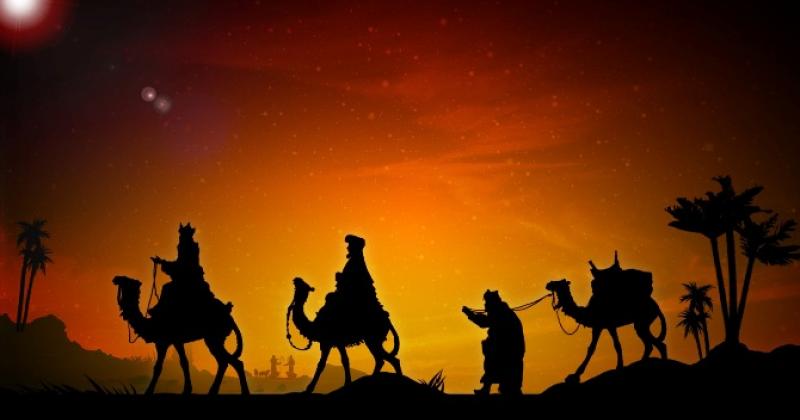Today, December 28, the Church commemorates the massacre of the children of Bethlehem ordered by Herod, who wanted to get rid of the newborn Jesus. These children can be compared to many young people in today’s world, who are afflicted by wars and abuse that adults are responsible for. Pope Francis dedicated much of his Christmas Eve message to them, while the Ecumenical Patriarch Bartholomew has declared 2017 “Year of Protection of the Sacredness of Childhood”
Today, the liturgy of the Catholic Church commemorates the innocent saints, who were victims of the massacre of innocents. According to the Gospel, Herod ordered the killing of all children under the age of two living in the Bethlehem region, in order to ensure the newborn Jesus was out of the way. The Catholic Church celebrates these innocents three days after Christmas to emphasise the mysterious link between their tragic death and the promise of salvation brought to the world with the birth of Christ.
Even today there are still many innocent saints in the world. Images and videos of war scenes show them playing among the ruins of their own homes or having fun in the water-filled craters formed by bombs, which the children use as mini swimming pools.
Nothing is more unbearable for humanity than the pain of children. And there is nothing more diabolical than the pain caused to children. Both Pope Francis and the Ecumenical Patriarch of Constantinople Bartholomew spoke about this in perfect synchrony. In his homily on Christmas Eve, the Successor of Peter reflected on the mystery of Jesus’ birth, inviting people to be challenged “also by children of today’s world, who are not lying in a cot caressed with the affection of a mother and father, but rather suffer the squalid “mangers that devour dignity” hiding underground to escape bombardment, on the pavements of a large city, at the bottom of a boat overladen with immigrants”. Children “who are not allowed to be born, by those who cry because no one satiates their hunger, by those who do have not toys in their hands, but rather weapons”.
In his encyclical letter for Christmas 2016, the Ecumenical Patriarch Bartholomew I declared 2017 Year of Protection of the Sacredness of Childhood, stating that children of today are not only victims of military conflict and forced migration but are also “threatened in economically developed and politically stable countries of the world” where they are manipulated by television and the internet and by an economy that seeks to “transfigure them from a young age into consumers”. In his Christmas letter, the Primus inter pares among the primates of the Orthodox Churches quoted parts of the Gospel that show the special place children had in Jesus’ heart: “Unless you turn and become like children, you will never enter the kingdom of heaven”; “whoever does not receive the kingdom of God like a child shall not enter it”. God, Bartholomew wrote in his most recent encyclical letter, reveals Himself to the world “with ‘the pure heart’ and simplicity of a child” and children “comprehend truths, which ‘wise and prudent’ people are unable to approach”. In his message, the Patriarch also quotes the Greek poet Odisseas Elytis: “You can build Jerusalem out of children alone!”
Unbeknown to them, the Holy Innocents in the Gospel are the first to be killed because of Christ, or rather, instead of Christ. They are flower of martyrs, wrote the French poet, Charles Péguy, in “The Mystery of the Holy Innocents”. The suffering of innocents, which other writers - starting with Albert Camus - see as the symbol of invincible evil and proof of God’s inexistence, Péguy believes can only be embraced in the mystery of salvation freely given and received. The innocent saints thus go to Heaven without even having the time to do some good. And Péguy imagines them playing there too, using their crows of martyrdom to play the hoop throw game, bringing surprise and gladness to the very heart of God.
